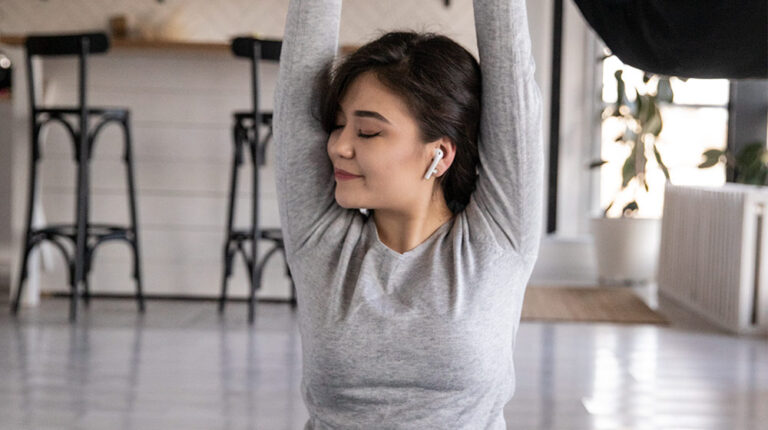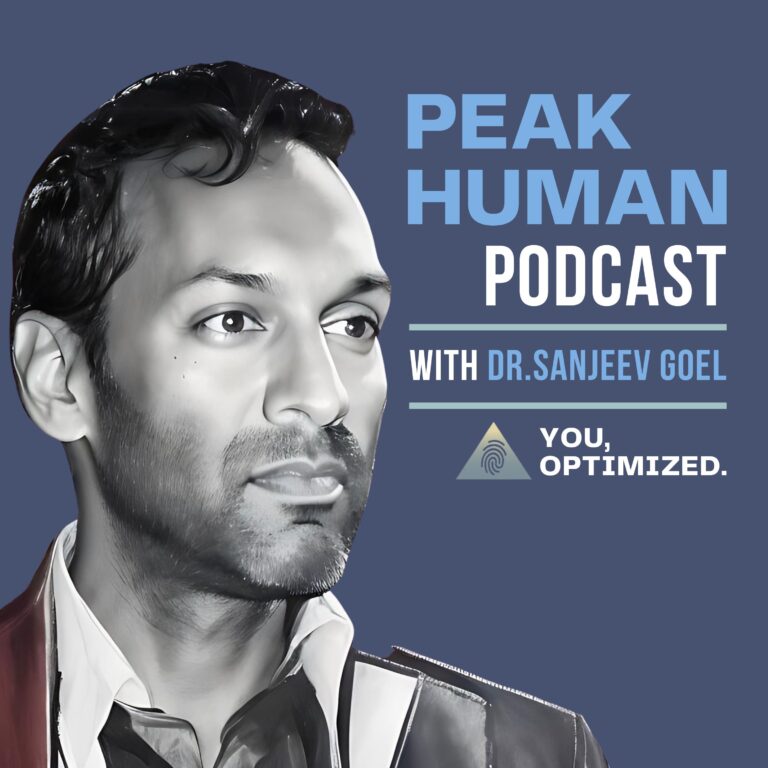Overview
Due to its multiple benefits, cold therapy has been implemented widely, especially in sports medicine. It is a well-accepted and proven technique for treating acute soft tissue injuries. Cold is also part of the rehabilitation program after acute and chronic injuries to shorten recovery time.
However, while it is prevalent for professional athletes to submerge in an ice bath to speed up muscle recovery, cold exposure for weight loss has not yet received much attention. This article reviews the mechanisms of cold exposure and the benefits of cryotherapy and cold-water immersion on weight loss.
RELATED: How Does Cryotherapy Work?
Cold Exposure Can Help With Weight Loss – Learn Benefits of Cryotherapy
What Are Cryotherapy and Cold-water Immersion?
Cryotherapy and cold-water immersion are the most common modalities of cold exposure:
Cryotherapy
Cryotherapy is a therapy in which the person is exposed to freezing air (nitrogen gas) for a brief time (2 to 4 minutes) in a specialized cold chamber.
The air temperature in the cryotherapy chamber may be as low as -289°F (-178°C) so that it can trigger several physiological reactions in the body. Cryotherapy aims to freeze and remove damaged cells to treat some health conditions.
Cold-water Immersion
Cold-water immersion is a procedure in which the person submerges his body in cold water, typically around 59°F (15°C), for a prolonged duration of up to 15 minutes.
This procedure does not require frigid temperatures as cryotherapy because water transfers heat at a greater rate than air, meaning that the body loses heat more quickly in water at the same temperature.
How Do Cryotherapy and Cold-water Immersion Work?
Trigger Heat Production
Thermogenesis, or heat production, is an inherent ability of the human body that burns energy to produce heat and maintain core body temperature.
This process is vital because the body needs to be kept at a stable temperature for normal functioning. However, during cryotherapy and cold-water immersion, the body loses heat due to exposure to freezing air and water, leading to a natural reaction known as shivering.
Shivering thermogenesis is one of the primary mechanisms that lead to weight loss.
It is the rapid contractions of the muscles in response to low core body temperature. These contractions increase the consumption of energy.
An increase in energy consumption aids in weight loss. A study found an equivalence between energy consumption and weight loss. After three cryotherapy sessions, the participants extracted 3990 kcal of heat, resulting in 0.54 kg of weight loss.
Release Norepinephrine
Norepinephrine is a neurotransmitter and hormone contributing to our body’s “fight-or-flight” response.
It aids in the transmission of nerve signals throughout the body. Norepinephrine allows our bodies to increase alertness, arousal, and attention while maintaining blood pressure during stressful situations such as cold exposure.
According to a study, plasma norepinephrine levels increased twofold after the first -110 °C cryotherapy session. This finding suggests that cold exposure can stimulate the autonomic nervous system (ANS), which stores and releases norepinephrine.
An increase in norepinephrine also plays a role in weight loss. Research shows that norepinephrine promotes lipolysis, a process that reduces white fat mass and overall body fat while allowing brown fat to produce heat.
Activate Brown Fat
Fat – a term often associated with unhealthiness – turns out to need a justification. It is because while the “bad” fat harms our body, there is also the “good” fat that helps us lose weight.
Brown adipose tissue, or brown fat, is metabolically active due to its high number of mitochondria. These cellular organelles play a crucial role in energy metabolism. Brown fat develops in small amounts around the collarbone and behind our neck.
This type of fat can generate heat (thermogenic), hence different from white fat. White fat stores energy and causes weight gain, whereas brown fat dissipates energy, creates heat, and induces weight loss.
At cold temperatures, cryotherapy and cold-water immersion activate the recruitment of brown fat by converting white fat into brown fat (also known as the browning of white fat).
Brown fat induces “nonshivering” thermogenesis due to its ability to generate heat, increasing energy consumption.
Benefits of Cryotherapy and Cold-water Immersion on Weight Loss

Reduce Waist Circumference
A study found that after more than an hour of cryotherapy at 10°C, there was a 3.0 percent reduction in waist circumference (2.55 cm) but no significant change in thigh circumference.
Notably, the magnitude of the effects of cryotherapy on waist circumference varies with age. Some older people had significant reductions in waist circumference, while some younger people had inadequate responses.

Reduce Body Weight and Fat
The same study above also found that multiple sessions of cryotherapy can reduce body weight (0.53 kg on average), resulting in a significant reduction in BMI (1.1 kg/m2).

To determine whether changes in waist circumference, body weight, and BMI lead to changes in body composition, researchers used whole-body X-ray scanning and computerized calculation of body fat mass content. As a result, it was found that body fat mass decreased by around 3.8 percent after six cryotherapy applications.

RELATED: The Use of ‘Cold’ Tech to Improve Your Deep Sleep
Recent Findings in Cryotherapy and Cold-water Immersion
Cold-induced Fat Browning as Treatment for Obesity
Not only does cold exposure through cryotherapy and cold-water immersion aid in weight loss, but also in managing obesity.
Obesity is abnormal or excessive fat storage that is detrimental to health. Since the activation of brown fat upon cold exposure can increase energy consumption and decrease white fat storage, cryotherapy and cold-water immersion can be available as preventive and therapeutic interventions for obesity.
According to research, increasing brown fat amount or activity may be favorable in preventing and managing obesity. When activated, brown fat can reduce a substantial amount of glucose and triglycerides, a type of fat converted from excess energy in the bloodstream. This anti-obesity effect mitigates the metabolic disorders related to obesity, potentially allowing for practical and effective anti-obesity treatment.
Brown Fat Recruitment in Individuals Without Active Depots
Human brown fat prevalence and activity are inversely correlated with body fat content and decrease with age.
Specifically, older people with higher body fat content have fewer brown fat activities. In contrast, individuals from their 20s to 40s have stable and detectable brown fat activities. These findings imply that an age-related decrease in brown fat activity speeds up the accumulation of body fat.
As a result, it is assumed that brown fat reactivation or recruitment may protect against the onset of obesity and related metabolic disorders in humans. A study found that 2 hours of daily cold exposure at 17°C could recruit brown fat after six weeks, even in people who had previously lost brown fat, thereby reducing body fat.
Are Cryotherapy and Cold-water Immersion Safe?
Safety
Cryotherapy and cold-water immersion are generally safe if implemented correctly. These are noninvasive procedures, so you can undergo both without a doctor’s prescription, but caution is required.
Due to freezing temperatures, cryotherapy should only be done with protective garments under the provider’s supervision. On the other hand, cold-water immersion presents almost no safety concerns due to tolerable water temperature.
Side Effects
Some potential side effects of cryotherapy and cold-water immersion may occur if the used temperature is below indication or the duration of the procedure is extensively prolonged. These side effects include:
- Hypothermia (body temperature below 95°F or 35°C)
- Rapid breathing
- Pale skin
- Redness or rash
- Itchiness
- Blistering
- Confusion
- Drowsiness
- Frostbite
Bottom Line: Cold Exposure Should Not Be the Primary Approach to Weight Loss
While cryotherapy and cold-water immersion have been shown to aid in weight loss, their benefits are not significant enough to be the primary approaches to losing weight. Instead, you should adhere to the foundation of weight loss: exercise, diet, and supplementation.
Peak Human provides the optimal options for nutrient supplementation. The Fasting Pro contains natural ingredients that allow the body to mimic fasting and catalyze autophagy, which contributes to the restoration of cells and the promotion of weight loss.
Always consult with a doctor before implementing a procedure for weight loss. Remember that some side effects may occur due to weight loss strategies that are not clinically proven. Finally, a healthy lifestyle remains the cornerstone of weight management.
References
Swenson, C., Swärd, L., Karlsson, J. (1996). Cryotherapy in Sports Medicine. The Scandinavian Journal of Medicine & Science in Sports.
Yoneshiro, T., Aita, S., Matsushita, M. et al. (2013). Recruited Brown Adipose Tissue as an Antiobesity Agent in Humans. The Journal of Clinical Investigation.
Kim, S., Plutzky, J. (2016). Brown Fat and Browning for the Treatment of Obesity and Related Metabolic Disorders. Diabetes & Metabolism Journal.
Wong, W. (2017). Fat Expansion Through Norepinephrine Catabolism. Science Signaling Journal.
Loap, S., Lathe, R. (2018). Mechanism Underlying Tissue Cryotherapy to Combat Obesity/Overweight: Triggering Thermogenesis. Journal of Obesity.
Louis, J., Theurot, D., Filliard, J. et al. (2020). The Use of Whole-body Cryotherapy: Time- and Dose-response Investigation on Circulating Blood Catecholamines and Heart Rate Variability. Springer.
If you have questions about the benefits of cryotherapy or any health problems discussed here, connect with us and learn more.
At Peak Human, our team of healthcare professionals is dedicated to helping you reach your ‘peak’ health with a custom whole-person approach. Using the most cutting-edge, science-backed biohacking and aesthetic tools, technologies, and treatments available today, we help you achieve the highest physical/cognitive performance state, leading to an improved overall quality of life.
For questions or to book an appointment, don’t hesitate to contact us. Get personalized support and insight from expert physicians.
UP NEXT:
- Can Spermidine Help Slow Down Aging?
- Does Diabetes Cause Hair Loss?
- What Is Cellular Senescence & Its Role in Aging






